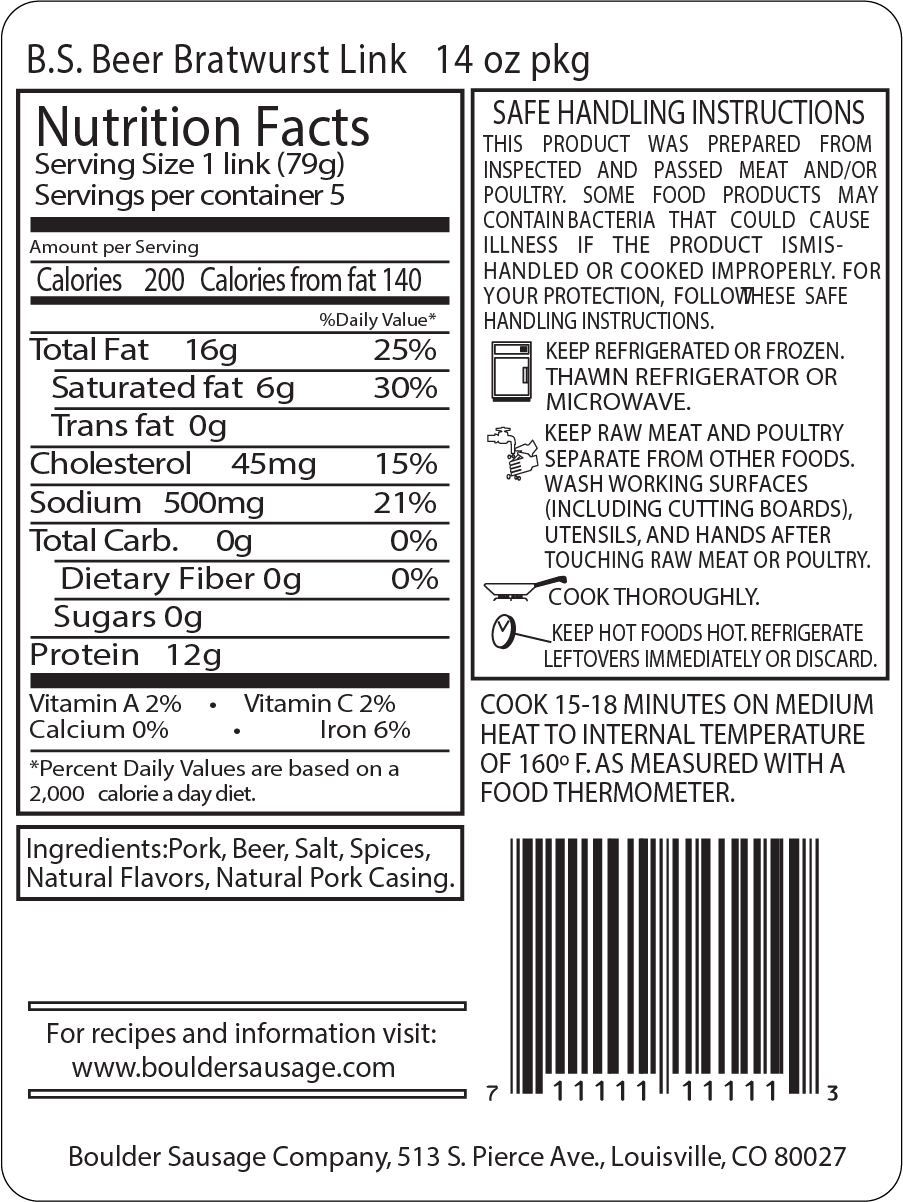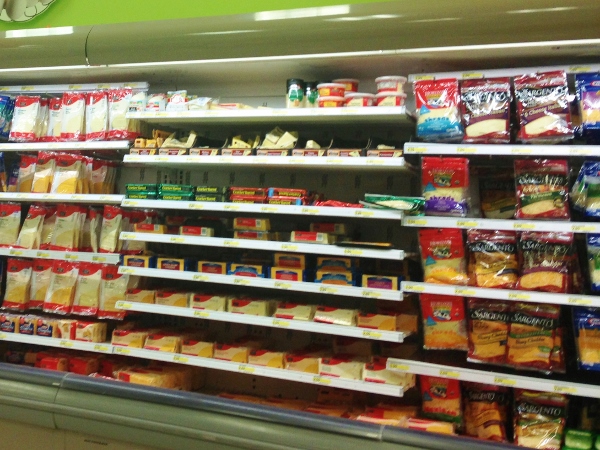41 reading food labels for gluten
Food labels - Coeliac UK Gluten free labelling There is a law that covers the use of the labelling term gluten free. When you see gluten free on a label, you know these foods are suitable on a gluten free diet. The term 'gluten free' is covered by law and can only be used on foods which contain 20 parts per million (ppm) or less of gluten. Food Labels: Read It Before You Eat It! - AAAAI Currently, FALCPA indicates that the sources of commonly allergenic foods must be declared in plain English (e.g. milk, peanut, etc.) on product labels. Three options are available. A "contains" statement can be used, e.g. contains milk and peanut.
3 Tips for Gluten-Free Label Reading - Gluten Intolerance Group Verifying there is no more than 10ppm gluten content in tested foods Note that the U.S. Food and Drug Administration (FDA) sets their gluten-content threshold at less than 20 ppm of gluten, making the GFCO's standard twice as strict. Tip 2: Look for the words "gluten-free"

Reading food labels for gluten
Reading Food Labels: What "May Contain vs. Contains Means" | Gluten ... One of the most important tips for going gluten-free is reading food labels to determine if the ingredients contain any alternative sources of wheat. You may also notice, some food labels will use the terms "may contain" and "contains" and today we are going to delve into what these terms mean for you, my fellow gluten-free foodees. FAST FACT: PDF Step-by-Step Guide to Reading Gluten-Free Labels 1 2 3 Mandatory FDA allergen labeling laws require wheat to be listed on a product label, but rye and barley are not. Oats do not contain gluten, but are also at high risk for cross-contact with gluten-containing grains. If you choose to eat oats, choose oats labeled or certified gluten-free. 6 Avoid products with confusing labeling. Reading food labels | Celiac India Reading food labels. Food labels are crucial for a celiac as it's important to know if the various ingredients and additives listed on a packaged food are gluten free and whether the item has been prepared in a gluten free environment. In countries where gluten free laws have been laid down, manufacturers label the food products accordingly ...
Reading food labels for gluten. Gluten and Food Labeling | FDA The rule specifies, among other criteria, that any foods that carry the label "gluten-free," "no gluten," "free of gluten," or "without gluten" must contain less than 20 parts per million (ppm) of... Reading Food Labels | BeyondCeliac.org While label reading can seem overwhelming at first, you'll become confident over time. Download the Beyond Celiac Step by Step Guide to Reading Gluten-Free Labels to help you navigate the supermarket shelves. Download: Step by Step Guide to Reading Labels Thanks to Cabot Creamery, Crunchmaster and Glutino for making this resource possible! Gluten: reading a label - AGA GI Patient Center When a product is not labeled "gluten free," you can determine if it is safe to eat by reading the ingredients label: Read the "Contains" allergen statement at the bottom of the label. If wheat is listed in the "contains" statement, the product is not gluten free. How to Read Food Labels to Safely Eat Gluten-Free Look for Wheat on the Label Believe it or not, according to the FDA, labeling gluten in food is voluntary, not required. However, the FDA considers wheat (not barley, rye, or malt, which also contain gluten) a major allergen, so wheat must be clearly stated on all food labels.
Gluten-Free Label Reading: From Novice to Expert In many cases, gluten is fairly easy to distinguish on a product label. Look for ingredient phrases containing wheat, barley, or rye (aka the usual suspects), and be wary of ingredients like malt and dextrin, which may contain gluten depending on how they were derived (more on this to come). How to Read a Food Label - Gluten-Free Living The Food Allergen Labeling and Consumer Protection Act (FALCPA) guarantees that if food contains wheat in any form, you will read the word "wheat" on the label. It also means you no longer have to worry about ingredients like modified food starch or hydrolyzed vegetable protein. If any ingredient is made from wheat, the label will tell you. PDF Tips for Gluten-Free Label Reading The FDA regulates the vast majority of packaged foods. The USDA regulates meats, poultry, egg products and mixed products which generally contain more than 3% raw or 2% cooked meat (e.g. some soups and frozen entrees). Products regulated by the USDA are not required to comply with FALCPA, but an estimated 80-90% do so voluntarily. 1 How you can Read a Food Label Correctly Organic, Whole Grain Products ... How to Read a Food Label Properly: Organic, Whole Grains, Gluten Free, Grass Fed? By Steve Kamb • Last Updated: June 27, 2013 • 100 comments Food marketers are clever. Reading labels and nutrition information on the foods you buy is an excellent way to evaluate ingredients and determine whether a food is truly good for you.
How to Read Food Labels for a Gluten-Free Diet - Cupcakes & Kale Chips Others are names for gluten-containing grains (or derived from those grains). Skip any items with the following ingredients on their food labels: Wheat (bran, starch, germ, or berries) Hydrolyzed wheat protein Wheat starch/modified wheat starch Rye (kernels, berries) Barley (malt, extract) Bulgur Orzo Kamut Semolina Gluten-Free Diet & Label Reading Guide - Celiac Disease Foundation Label Reading & the FDA. Gluten-Free Candy List. Gluten in Medicine, Vitamins & Supplements. FODMAPs and Celiac Disease. Gluten-Free. Meal Plans. Eat! Gluten-Free. Gluten-Free Recipes. How to Identify Gluten on Food Labels - Verywell Health The gluten-free food labeling requirements only apply to packaged foods. The rule doesn't apply to meat, poultry, unshelled eggs, or distilled spirits and wines made with 7% alcohol by volume or more. There is no standard symbol for gluten-free foods. Manufacturers can simply print "gluten-free" on their label as long as it is truthful. Label Reading & the FDA | Celiac Disease Foundation The Celiac Disease Foundation Medical Advisory Board supports the <20 ppm of gluten standard for gluten-free labeling. According to Dr. Peter Green, Director of the Celiac Disease Center at Columbia University, "The 20 ppm is a scientifically determined level of gluten that has been shown to be tolerated by those with celiac disease.
Label Reading 101 for a Gluten Free Diet {Plus Info on Food Labeling ... Some Additional Tips to Keep in Mind When Reading Food Labels . 1. Organic does not mean gluten-free. There are certainly plenty of organic gluten-free foods on the market, but just because a food is organic does NOT mean it is gluten-free. 2. Gluten-free does not mean healthy. Gluten-free foods can be healthy, but by and large, what I refer to ...
Reading Food Labels - Gluten & Dairy Free Lifestyle Peanuts Tree nuts (such as almonds, cashews, walnuts) Fish (such as bass, cod, flounder) Shellfish (such as crab, lobster, shrimp) Soy Wheat The US Department of Agriculture (USDA) is not required to list food allergens. Therefore, the following food groups are not going to have mandatory allergen labeling: meat poultry egg products
Simple Label Reading | BIDMC of Boston Always read food labels. Look for the words "gluten-free." You may eat foods labeled gluten-free. If a food is not labeled gluten-free, read the ingredients list and Contains statement. If you see the words "wheat," "barley," "rye," "oats," "malt," "brewer's yeast," or "yeast extract" do not eat the food. Sample ingredients list of a product to ...
How to Read Food Labels When Eating Gluten Free Learn what gluten is, what it's in, various words that mean "gluten," and a list of foods that contain gluten. When eating a gluten-free diet, knowing how to avoid gluten is crucial! Download a free list of what to lookout for on nutrition labels, and which foods tend to contain gluten.



Post a Comment for "41 reading food labels for gluten"